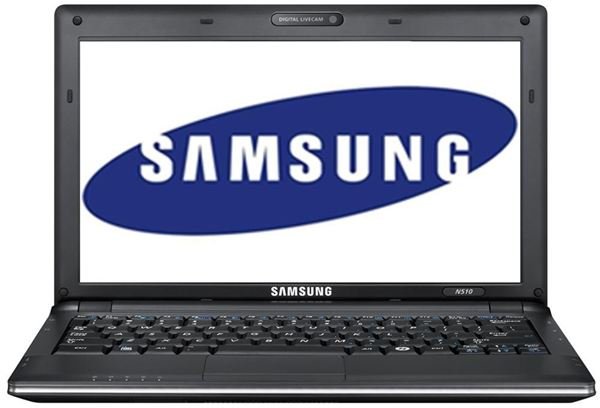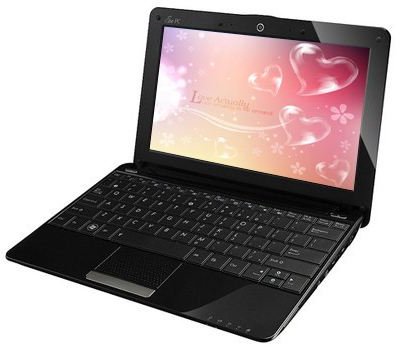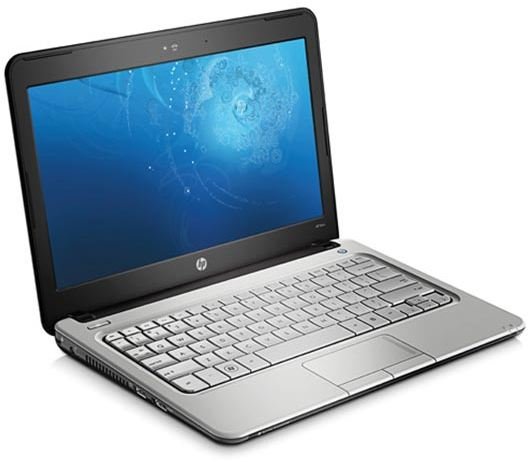Preview of Ion Netbooks - The Best Ion Netbooks for the Holidays
GPUs for Netbooks - Ion Finally Arrives
We’ve been hearing about Nvidia’s Ion platform nearly a year now. The woeful Intel integrated graphics accompanying most netbooks have been the acknowledged achilles heel of netbooks for some time, and Nvidia promised to change that. They’ve taken their sweet time bringing Ion to actual products, but the three stunning netbooks listed here are the ones to watch.
HP Mini 311
HP’s netbooks have always been solid, if not exceptional. HP is now trying to change that with the Mini 311, a sleek Ion based netbook which is the first to come to the U.S. market (it is available for purchase as of late October), although not the first for readers outside of the United States. The Mini 311 doesn’t share a lot of visual DNA with earlier HP netbooks, and that isn’t a bad thing. The Mini 311 looks more expensive than earlier models, and it has some better features as well. The trackpad, for instance, has buttons located in the normal location beneath the trackpad rather than to the sides, as well previous HP netbooks. The Mini 311’s keyboard is about average, but that means it is more than usable.
In terms of battery life and performance, the HP Mini 311 is middle of the road, but the price isn’t. At $399.99, the Mini 311 is no more costly than any other 11.6 inch netbook. In fact, the HP Mini 311’s pricing is so good that it seems to render most of the 11.6 inch Acer and Asus netbooks entirely irrelevant. Why purchase a system with a handicapped Atom when you can purchase the Mini 311?
Samsung N510

The understated Samsung N510 is instantly recognizable as another great Samsung netbook. Like all Samsungs, its style is conservative but beautiful, lighter tapered and accented by a silver strip surrounding the front and sides just as in an NC10. The N510 also scores high marks for build qualities. It has one of the stiffest bodies of any netbook, and doesn’t have the obviously weak hinges found in some the latest netbooks. The 11.6 inch screen is surprisingly non-gloss, bucking the trend for netbooks, and appears modestly brighter and more vivid than the old matte screen on the NC10.
Using the Samsung N510 provides even less surprises. The keyboard is top-notch, easily one of the best of any netbook, but the disappointingly thick plastic on each side of the keyboard makes one wonder why Samsung didn’t stuff an even larger unit in. Perhaps it has to do with trackpad space, which is quite acceptable. However, Samsung remains committed two using a single trackpad button mounted on a pivot, which feels a little cheap. Still, that is a minor complaint, and the N510 is undoubtedly the most civilized of the new Ion based netbooks. The Samsung N510 should release in November at a price of $600 dollars, although I believe that price will quickly be lowered to under $500.
ASUS Eee PC 1201N

Users unfamiliar with the Asus Eee PC family would be hard pressed to tell the Eee PC 1201 apart from the Eee PC 1005HA without placing them side by side. While the Eee PC 1201 is a much big netbook, thanks to its 12.1 inch screen, it uses most of the same visual ques. Of course, that’s a good thing, because the Eee PC 1005HA is a sleek looking netbook. It of course has a larger keyboard and a larger trackpad. I’ve never been a huge fan of the Eee PC’s keyboard, but it is not a terrible way to type.
One area the Eee PC 1201N could reign supreme is performance, as leaks of data on the Eee PC 1201N show that it could be available with a dual-core Atom processor in addition two a standard single-core Atom. Some models could have up to 3GB of RAM. This would make the Eee PC 1201N just as capable of many ultraportables, but it will likely raise pricing to ultraportable levels. That said, Ion with a single-core Atom is handicapped by the Atom processor in certain applications, so the extra core could provide a serious boost.
